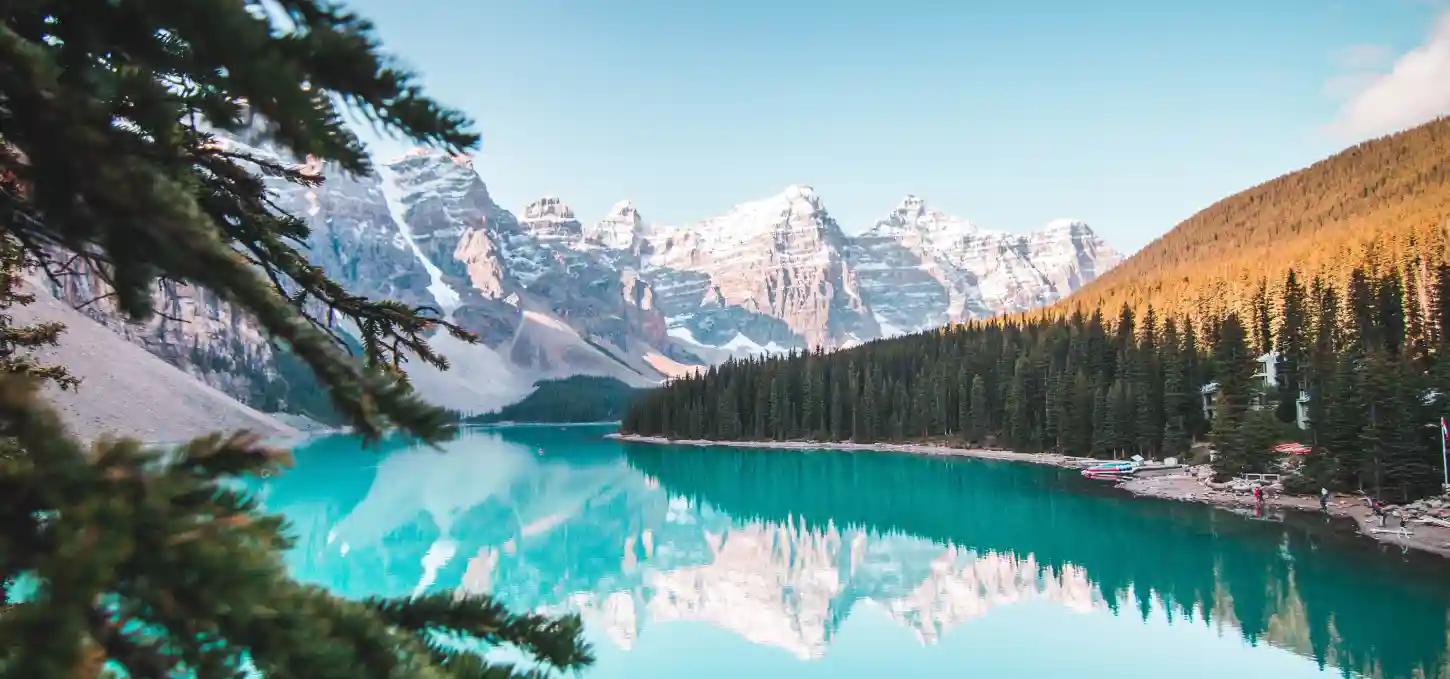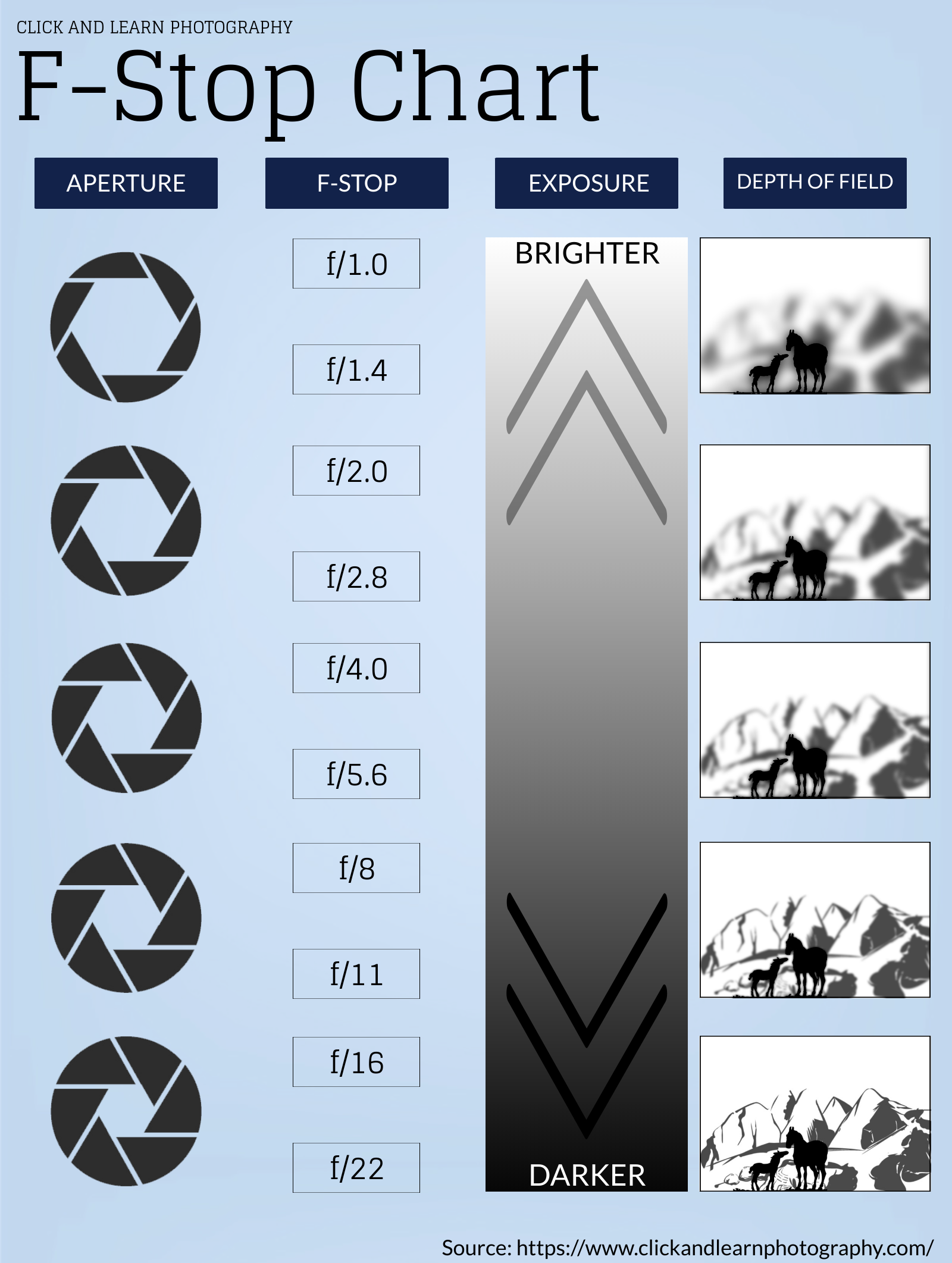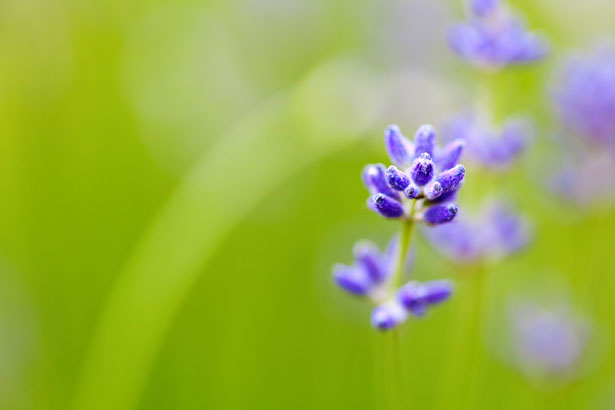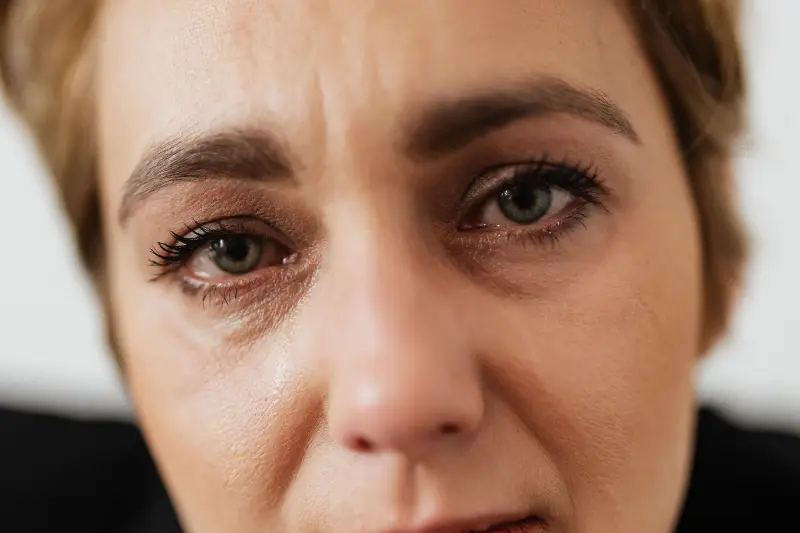Aperture is incredibly important for filmmaking; you must pair it well with the other settings on the camera to ensure you get a good, crisp image or video.

Mastering exposure, the right camera settings, the exact aperture and perfect lighting set up is crucial to nailing the perfect shot composition. In this guide, we explore aperture and how it works and why you must pair it correctly with lighting and exposure.
Let’s check it out!
What is Aperture?
Aperture is the lens’s opening in the camera, which allows light to pass through. When you press the button to enable the shutter to release and take a picture, the camera will open up a preset that decides how much light it will let through.
Setting a “large” aperture will let more light in, and a lower aperture will let less light in. Aperture is defined by “f/stops” and is written as follows:
- 1.4
- 2
- 2.8
- 4
- 5.6
- 8
- 11
- 16
The lower the aperture number, the more light is let in. For example, 1.4 lets more light in than 8.
Here’s a great visual chart that helps you understand What is Aperture:

How Aperture Works
As mentioned above, the aperture works by using a predetermined f/stop (e.g. 1.4) to determine the amount of light that needs to be let into the camera.
Here’s a quick overview of how aperture works:
- The higher the f-number – the smaller the aperture and the less light that passes through the lens;
- The lower the f-number, the larger the aperture and the more light that passes through the lens.
You can predetermine the aperture on your camera before you click the shutter release. This will then tell the camera how much width it needs to give to allow a set amount of light into the imagery.
Here’s a quick video explaining what is aperture.
How Aperture Affects The Depth of Field
Aperture will affect the depth of field. The depth of field is essentially the zone of sharpness in front and behind the subject on which your camera lens is focused.

The depth of field adds to how sharp or blurry the background will be of your subject.
Aperture affects the depth of field as follows:
- The lower the number of the f/stop the larger the opening in the lens, letting in more light which in turn means lesse depth of field. The lesser the depth in field, the blurrier the background.
- The higher the number of the f/stop the smaller the opening in the lens, letting in less light which means the greater the depth of field. The greater the depth of field means the sharper the background.
It’s the biggest component when it comes to the zone of focus with depth of field in your image or video. However, the focal length and lens will help determine it as a whole.
But overall the wider the aperture the less the depth of field, the narrower the aperture, the longer the depth of field.
How to choose the right aperture
So what is the best aperture for your shot? Choosing the right aperture is incredibly important depending on what you are looking to achieve with your shot composition.
It’s entirely dependent on the scene. Are you filming a close-up, emotional scene where the main subject is pouring their heart out to the audience or is it a discovery shot where it’s introducing a new location with a wide-angle shot.
Let’s look at these examples in a little more detail:
Close up – Emotional Scene

If you’re filming a scene that is up close and personal with the lead actor, and you want to capture every small detail of emotion in their eyes, the level of the aperture will be one of a low f/stop number (1.4 or 2).
This will blur the background of the shot, and keep the focal point of the actor’s face. This will help generate the much-needed focus on the face, and the audience can take in word for word and they see every millimetre of emotion.
The f/stop is an important factor for a shallow depth of field, that gives you a blurred background and nails the bokeh effect.
Wide Angle Shot – Discovering a New Location
With the wide-angle shot, you want the background of the image to be sharp and not distorted in any way. Having a smaller aperture (f/16 or f/22) that allows less light in will create a deeper depth of field. Meaning a sharper background to your image, exactly what you want in this situation.
Having a deeper depth of field will provide the background of the shot with a much greater depth of field, essentially a sharper background.
This is perfect for discovering a new location that the audience can take in completely. This helps build the scene and you can use it with a camera movement, for example pairing this with a pan shot (See what is a panning shot). This will give your audience a depth of what’s happening and helps compose the shot perfectly.
Aperture vs Shutter speed
Aperture is the opening of the lens in the camera which allows light to pass through. Whereas shutter speed is how long the shutter is open on your camera, this is measured generally in milliseconds.
The f/stop controls the distance for how far away objects can be from the camera for them to appear sharp and in focus in the picture.
Shutter speed determines how much light you let into the shot and determines the amount of exposure.
These two are commonly mistaken as similar, whereas mentioned above they vary. Both use light but in different ways.
We hope this article was useful to you, let us know your thoughts down below in the comments, we love to hear from you.
Happy filmmaking.